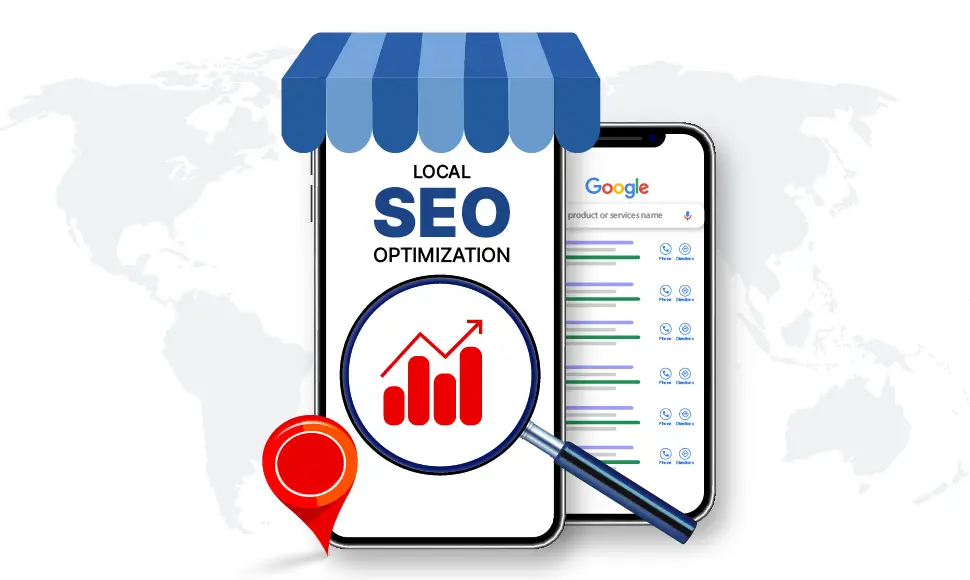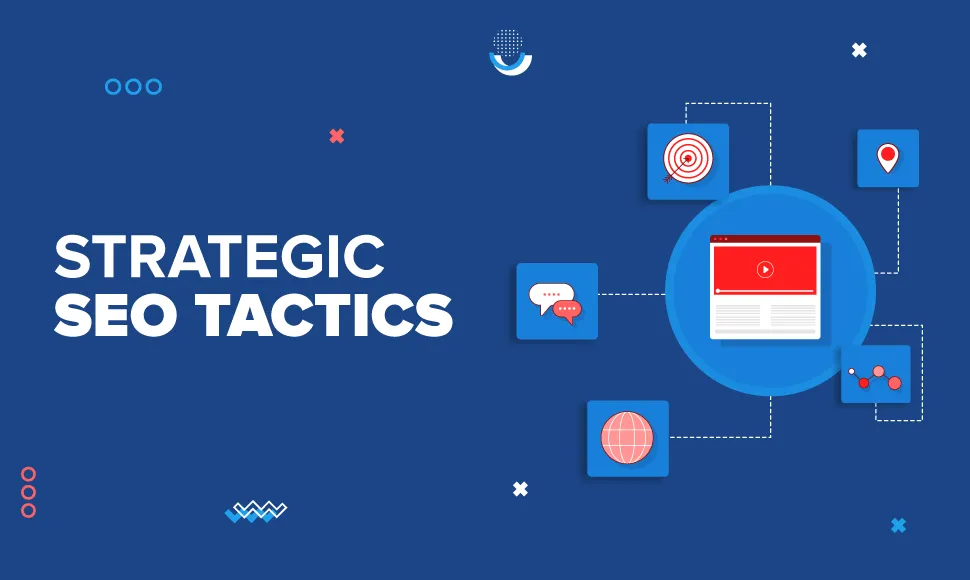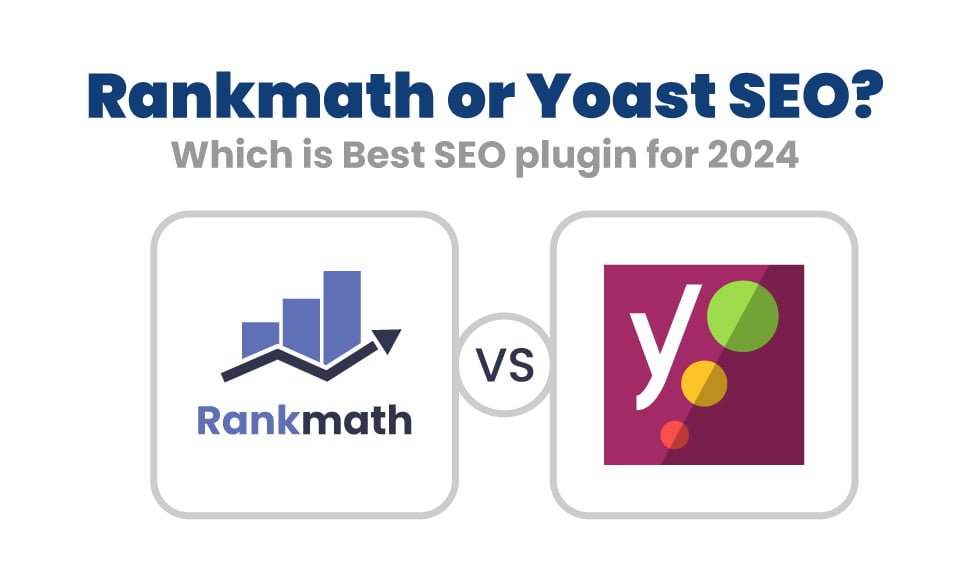
A Comprehensive Guide to Ranking Your Website on 1st Page of Google
Table of Contents
In today’s digital age, the online presence of a business is often synonymous with its success. As users increasingly turn to search engines like Google to find products, services, and information, the importance of ranking on the first page cannot be overstated. If your website isn’t among the top results, chances are you’re missing out on valuable organic traffic. In this comprehensive guide, we will delve into the essential elements that can propel your website to the coveted 1st Page of Google.
1. Quality Content: The Cornerstone of SEO Success
When it comes to SEO, content is king. Google’s algorithms are designed to prioritize websites that provide valuable and relevant content to users. To ensure your content meets these criteria:
Relevance is Key:
Craft content that aligns with your target audience’s needs and interests. Conduct thorough keyword research to identify the terms your audience is searching for.
High-Quality Writing:
Invest time in creating well-written, engaging, and error-free content. Google rewards content that keeps users on the page and encourages them to explore further.
Engaging Multimedia:
Supplement your textual content with engaging multimedia, such as images, videos, and infographics. This not only improves user experience but also signals to search engines that your content is rich and diverse.
2. Keyword Optimization: Navigating the SEO Landscape
Keywords are the building blocks of SEO. Strategically incorporating them into your content can significantly boost your website’s visibility.
Thorough Research:
Identify relevant keywords for your industry using tools like Google Keyword Planner. Focus on long-tail keywords for more targeted traffic.
Strategic Placement:
Integrate keywords naturally into your content, including titles, headings, meta descriptions, and throughout the body. However, avoid keyword stuffing, as it can harm your rankings.
Long-tail Keywords:
Incorporate long-tail keywords that are specific to your niche. These keywords often have less competition and can attract highly targeted traffic.
3. On-Page SEO: Optimizing for Search Engines
On-page SEO involves optimizing individual pages to rank higher and earn more relevant traffic.
Meta Tags and Descriptions:
Craft compelling meta titles and descriptions, incorporating your target keywords. These snippets serve as the first impression for users and search engines.
Header Tags:
Use header tags (H1, H2, H3, etc.) to structure your content. This not only makes it more readable but also helps search engines understand the hierarchy of information on your page.
URL Structure:
Create clean and descriptive URLs. Include keywords where relevant, and avoid using symbols or unnecessary characters.
4. Quality Backlinks: Building a Strong Foundation
Backlinks are crucial for SEO, signaling to search engines that your content is authoritative and trustworthy.
Natural Link Building:
Focus on earning high-quality, natural backlinks from reputable websites in your niche. Avoid manipulative link-building practices, as they can result in penalties.
Internal Linking:
Strengthen your website’s architecture by incorporating internal links. This not only improves navigation but also distributes link equity across your pages.
Monitor and Disavow:
Regularly monitor your backlink profile using tools like Google Search Console. Disavow low-quality or spammy backlinks to maintain a healthy link profile.
5. Social Signals: Amplifying Your Online Presence
Social signals are indicators of a website’s popularity and authority, influencing its search engine rankings.
Social Media Integration:
Share your content across relevant social media platforms to increase visibility and encourage social engagement. Google considers social signals as a measure of a website’s credibility.
User Engagement:
Foster user engagement on your social media channels. Respond to comments, encourage shares, and build a community around your brand.
Social Media Profiles:
Optimize your social media profiles with accurate information and links to your website. Consistent branding across social platforms reinforces your brand identity.
6. Local SEO: Targeting Your Local Audience
For businesses with a physical presence, local SEO is paramount for attracting nearby customers.
Google My Business Optimization:
Claim and optimize your Google My Business listing with accurate business information, reviews, and images. This enhances your visibility in local searches and on Google Maps.
Local Citations:
Ensure consistent NAP (Name, Address, Phone Number) information across online directories. This builds trust with both users and search engines.
 +91 98792 74063
+91 98792 74063












